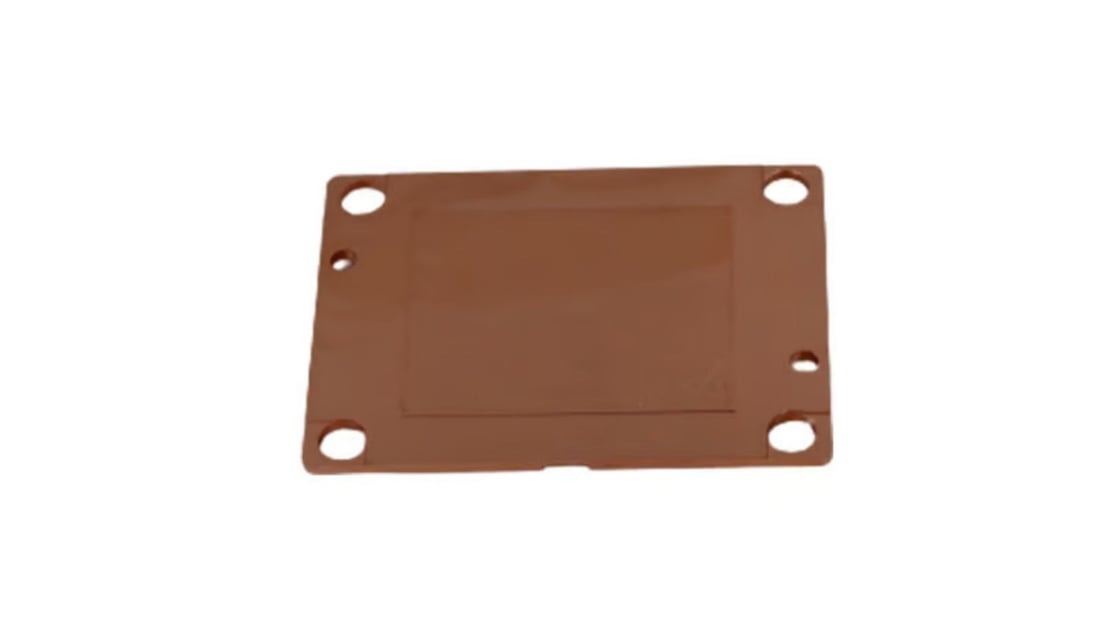Aluminum
When it comes to heat sinks, aluminum is one of the most popular materials used due to its high thermal conductivity. This means it can efficiently transfer heat away from the source. Additionally, aluminum is lightweight, affordable, and readily available, making it a top choice for many applications.
Copper
Another excellent material for heat sinks is copper. Copper has even higher thermal conductivity than aluminum, allowing it to transfer heat even more effectively. However, copper is heavier and more expensive than aluminum, so it may not be suitable for all applications.
Graphite
Graphite is a unique heat sink material known for its high thermal conductivity in the plane of its layers. It is also lightweight and has the added benefit of being electrically insulating. Graphite heat sinks are commonly used in high-power electronics where performance is critical.
Ceramic
Ceramic heat sinks are another option known for their excellent thermal properties. Ceramics can withstand extremely high temperatures and are also electrically insulating, making them ideal for applications where heat dissipation is crucial.
Thermoplastics
Thermoplastics are a newer heat sink material that offers unique advantages. They are lightweight, cost-effective, and can be easily molded into complex shapes. While not as thermally conductive as metals, thermoplastics are often used in smaller electronic devices where space is limited.
Composite Materials
Composite materials combine two or more different materials to create a heat sink with specific properties. For example, a composite heat sink may combine the high thermal conductivity of copper with the lightweight nature of aluminum. This allows for a custom solution tailored to the specific needs of the application.
Heat Pipes
Heat pipes are another innovative heat sink solution that utilizes the phase change of a working fluid to efficiently transfer heat. While not a traditional material, heat pipes are often incorporated into heat sinks to enhance their thermal performance and are particularly effective in applications with limited airflow.
Water Cooling
Water cooling is a highly efficient method of heat dissipation that involves circulating water through a heat sink to absorb and carry away heat. While not a material in itself, water cooling systems are often used in conjunction with metal or other heat sink materials to achieve exceptional cooling performance.
Thermal Interface Materials
Thermal interface materials are substances used to improve the contact between a heat source and a heat sink, enhancing thermal transfer. Common materials include thermal pastes and pads, which fill in microscopic gaps and irregularities to reduce thermal resistance and improve overall cooling efficiency.
Choosing the Right Material
When selecting a material for a heat sink, it is essential to consider factors such as thermal conductivity, cost, weight, electrical properties, and specific application requirements. Each material offers unique advantages and limitations, so choosing the right one will depend on the individual needs of the project.

